Recovering from a dart injury requires a structured approach, and dart injury rehabilitation exercises play a crucial role. This article outlines effective exercises and strategies to aid your recovery, also covering injury prevention and improving your overall dart-playing performance.
⚠️ Still Using Pen & Paper (or a Chalkboard)?! ⚠️
Step into the future! The Dart Counter App handles all the scoring, suggests checkouts, and tracks your stats automatically. It's easier than you think!
Try the Smart Dart Counter App FREE!Ready for an upgrade? Click above!
Many dart players experience injuries due to repetitive movements and improper technique. Understanding the common causes of these injuries is the first step towards effective rehabilitation. These injuries can range from minor muscle strains to more severe issues affecting the shoulder, elbow, wrist, or back. Therefore, a personalized rehabilitation plan is vital for a safe and effective return to the game. This is why we’ll explore effective dart injury rehabilitation exercises, focusing on building strength, flexibility, and improving technique to minimize future risks.
Understanding Common Dart-Related Injuries and Their Rehabilitation
Before diving into specific dart injury rehabilitation exercises, it’s crucial to understand the common injuries dart players face. These often stem from overuse, improper technique, and poor posture. For example, repetitive throwing can lead to tennis elbow (lateral epicondylitis) or golfer’s elbow (medial epicondylitis), affecting the forearm muscles. Shoulder injuries, such as rotator cuff strains, are also prevalent due to the overhead throwing motion. Back pain can result from poor posture during throws and prolonged standing. Finally, wrist and hand injuries are possible due to the forceful gripping action.
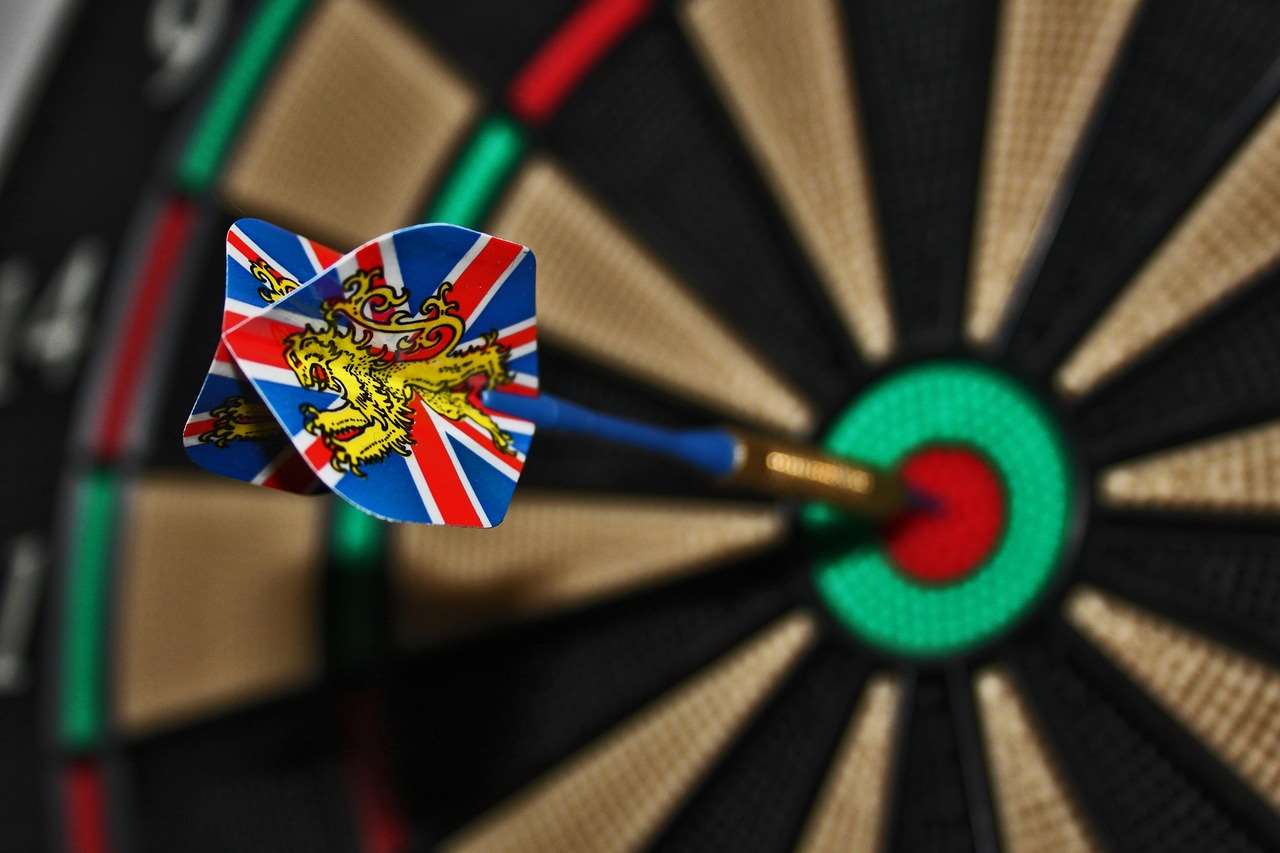
The rehabilitation process for each injury type varies, but generally involves rest, ice, compression, and elevation (RICE) initially. Physical therapy plays a crucial role in guiding your recovery and ensuring you utilize the correct dart injury rehabilitation exercises for your specific condition. This can include targeted strengthening exercises, stretching, and range-of-motion activities. It’s vital to consult with a healthcare professional or physical therapist to receive a personalized plan.
Assessing Your Injury and Creating a Rehabilitation Plan
A proper assessment is critical before starting any dart injury rehabilitation exercises. This should involve a thorough examination by a healthcare professional who can diagnose the specific injury and its severity. They’ll consider factors like pain levels, range of motion, muscle strength, and any underlying conditions. Based on this assessment, they’ll design a customized rehabilitation plan, outlining the appropriate exercises, their intensity, and the expected recovery timeline. Remember, rushing the recovery process can lead to re-injury and prolonged recovery times.
Your plan should also incorporate strategies for injury prevention, including proper warm-up routines and the correction of any flawed throwing techniques. This is where understanding dart throwing ergonomics comes in. By improving your posture and technique, you’ll significantly reduce the risk of future injuries. Proper ergonomics is just as important as the dart injury rehabilitation exercises themselves. Furthermore, incorporating fitness for post-match recovery into your routine is also a key aspect of preventing injury.
Dart Injury Rehabilitation Exercises: Strengthening Exercises
Once the initial phase of rest and ice is complete, your dart injury rehabilitation exercises will likely focus on strengthening the affected muscles. This is vital for regaining strength and stability in the injured area. The exercises should be gradual, starting with low weights or resistance and gradually increasing the intensity as your strength improves.
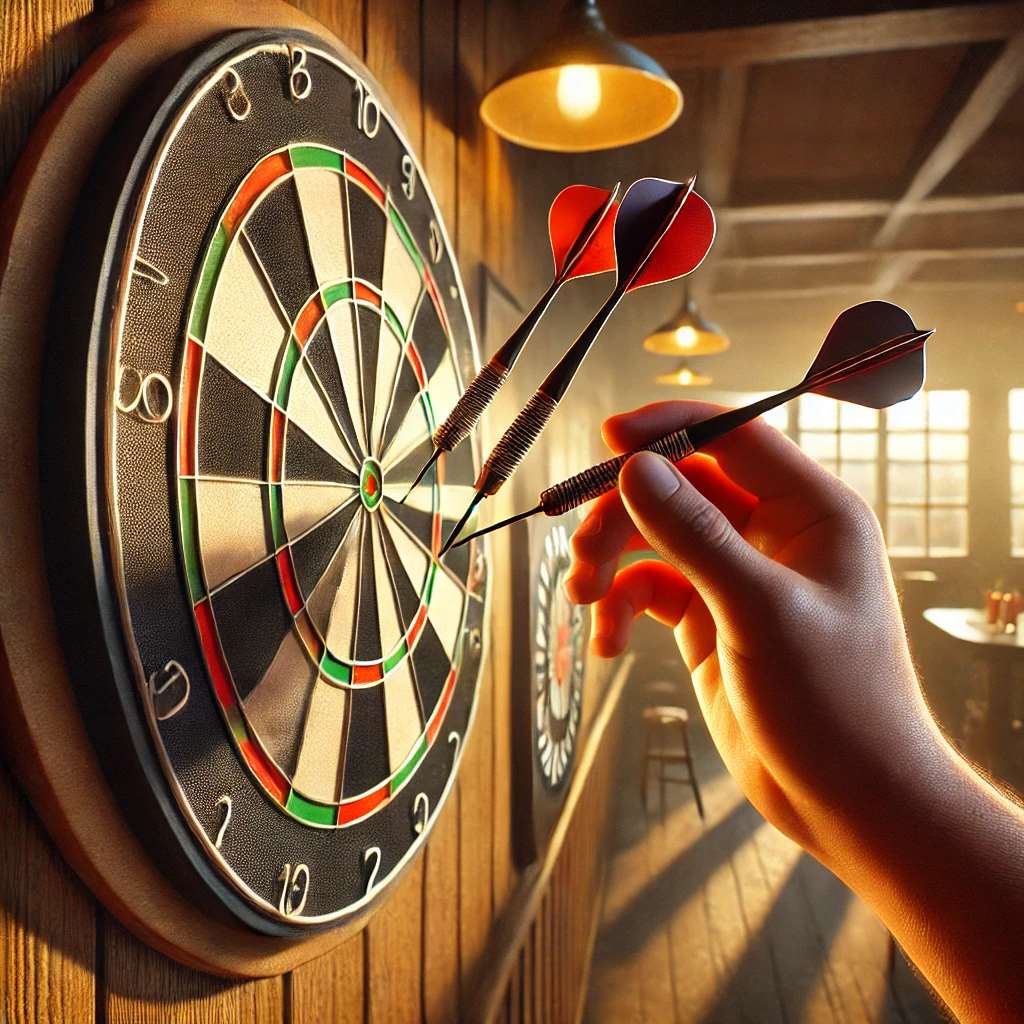
- Wrist curls: Use light dumbbells or resistance bands to strengthen your wrist flexors and extensors.
- Forearm rotations: Gently rotate your forearms to improve range of motion and strengthen the muscles.
- Bicep curls: Target your biceps with curls using dumbbells or resistance bands.
- Tricep extensions: Strengthen your triceps using overhead extensions with dumbbells or resistance bands.
- Shoulder blade squeezes: Strengthen your upper back muscles to improve shoulder stability.
- Rotator cuff exercises: These exercises focus on the muscles surrounding the shoulder joint and are crucial for preventing shoulder injuries. Consult with a physical therapist for guidance on specific exercises.
Remember to consult with a physical therapist or healthcare professional to ensure the exercises are appropriate for your specific injury and to prevent any further damage. The intensity and progression of these exercises should be guided by your professional assessment, which will be tailored to prevent re-injury.
Dart Injury Rehabilitation Exercises: Flexibility and Range of Motion Exercises
In addition to strengthening, dart injury rehabilitation exercises should also focus on improving flexibility and range of motion. Tight muscles can contribute to injuries, so stretching is crucial for injury prevention and recovery. Regular stretching helps maintain optimal joint mobility and reduces the risk of muscle strains. These stretches should be incorporated alongside your strengthening routines to ensure holistic recovery.
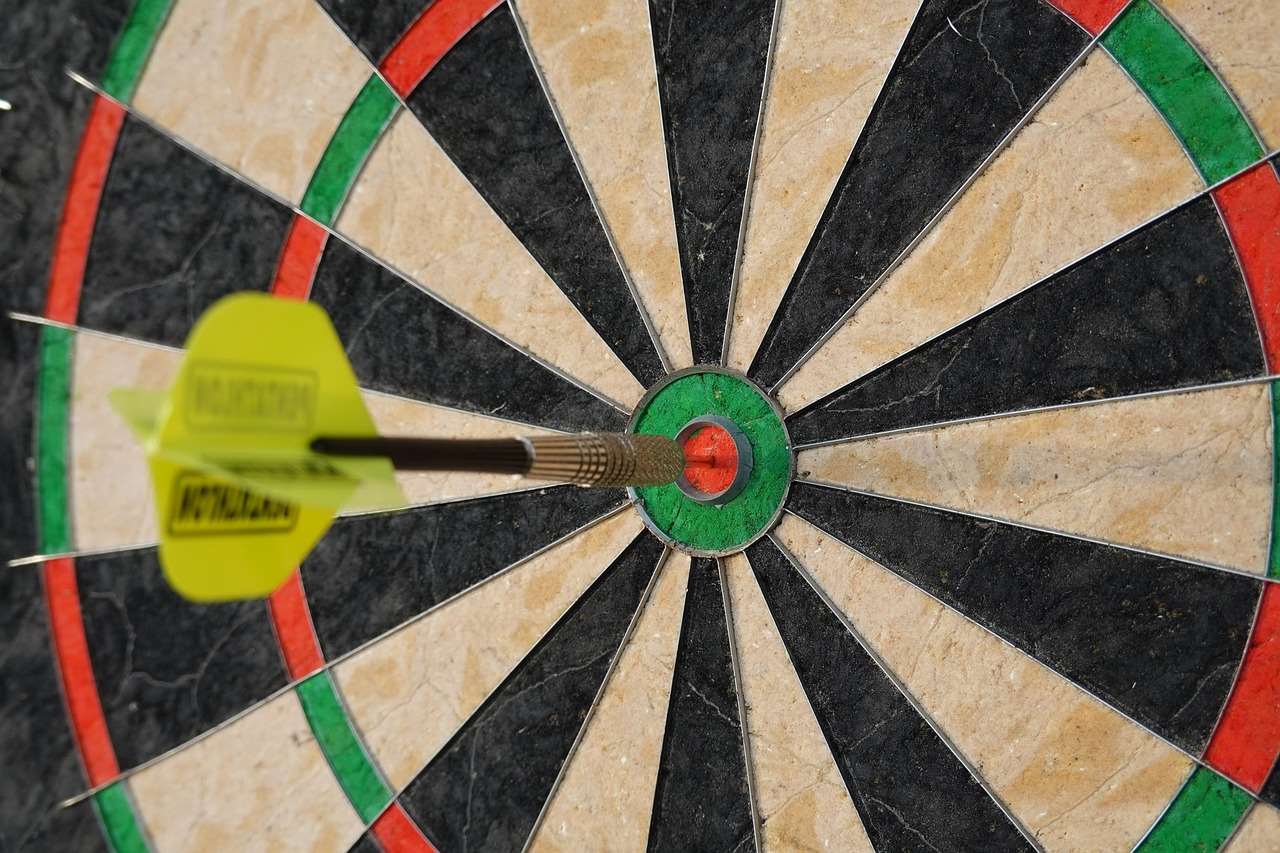
- Wrist stretches: Gently bend and stretch your wrists to improve flexibility.
- Forearm stretches: Extend your arms and gently stretch your forearms.
- Shoulder stretches: Perform arm circles and other stretches to improve shoulder mobility. This is especially important considering the overhead motion involved in dart throwing.
- Back stretches: Incorporate gentle back stretches to improve posture and reduce back pain.
Remember, proper technique is key. Gentle stretches held for at least 20-30 seconds are more beneficial than aggressive stretches. Listen to your body and stop if you feel any sharp pain. Fatigue and injury prevention programs are critical for long-term success, combining these exercises with adequate rest.
Dart Injury Rehabilitation Exercises: Proprioceptive Exercises
Proprioceptive exercises focus on improving your body’s awareness of its position in space. After an injury, proprioception can be affected, making it harder to control your movements. Incorporating these into your dart injury rehabilitation exercises program will enhance your balance and coordination, improving your overall throwing technique and reducing future injury risks. These exercises can help regain control and stability in the affected area. These exercises often involve balance activities and tasks that require precise movements.
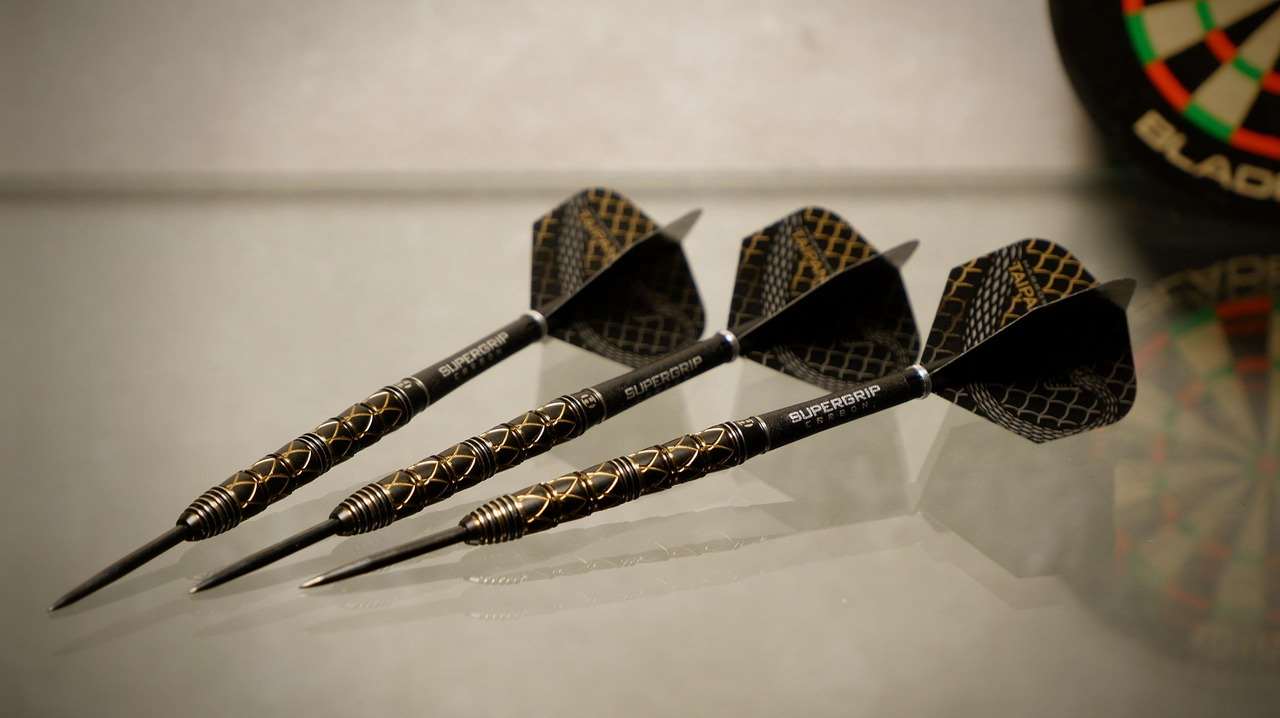
- Balance board exercises: Improve balance and stability using a balance board. Start with short periods and gradually increase the duration as your balance improves.
- Single-leg stance: Stand on one leg, gradually increasing the hold time. This strengthens stabilizing muscles in your legs and core, aiding in the overall control of your throwing motion.
- Eye-hand coordination drills: Practice simple catching and throwing exercises with small objects. This helps re-establish the connection between your eyes and the muscles you use to throw, essential for accuracy and precision.
The key with proprioceptive exercises is consistency and gradual progression. Start with easier exercises and gradually increase the difficulty as your balance and coordination improve. Remember, proper form and controlled movements are crucial to prevent re-injury during these exercises. Building your Darts Fitness Health is a long-term investment.
Dart Injury Rehabilitation Exercises: Gradual Return to Throwing
After completing the strengthening, flexibility, and proprioceptive exercises, the final stage involves a gradual return to throwing. This should be a slow and controlled process, starting with gentle underhand throws and progressively increasing the distance and intensity. Pay close attention to your body’s response, and stop if you experience any pain. Breathing techniques during this phase can help maintain control and prevent exertion.
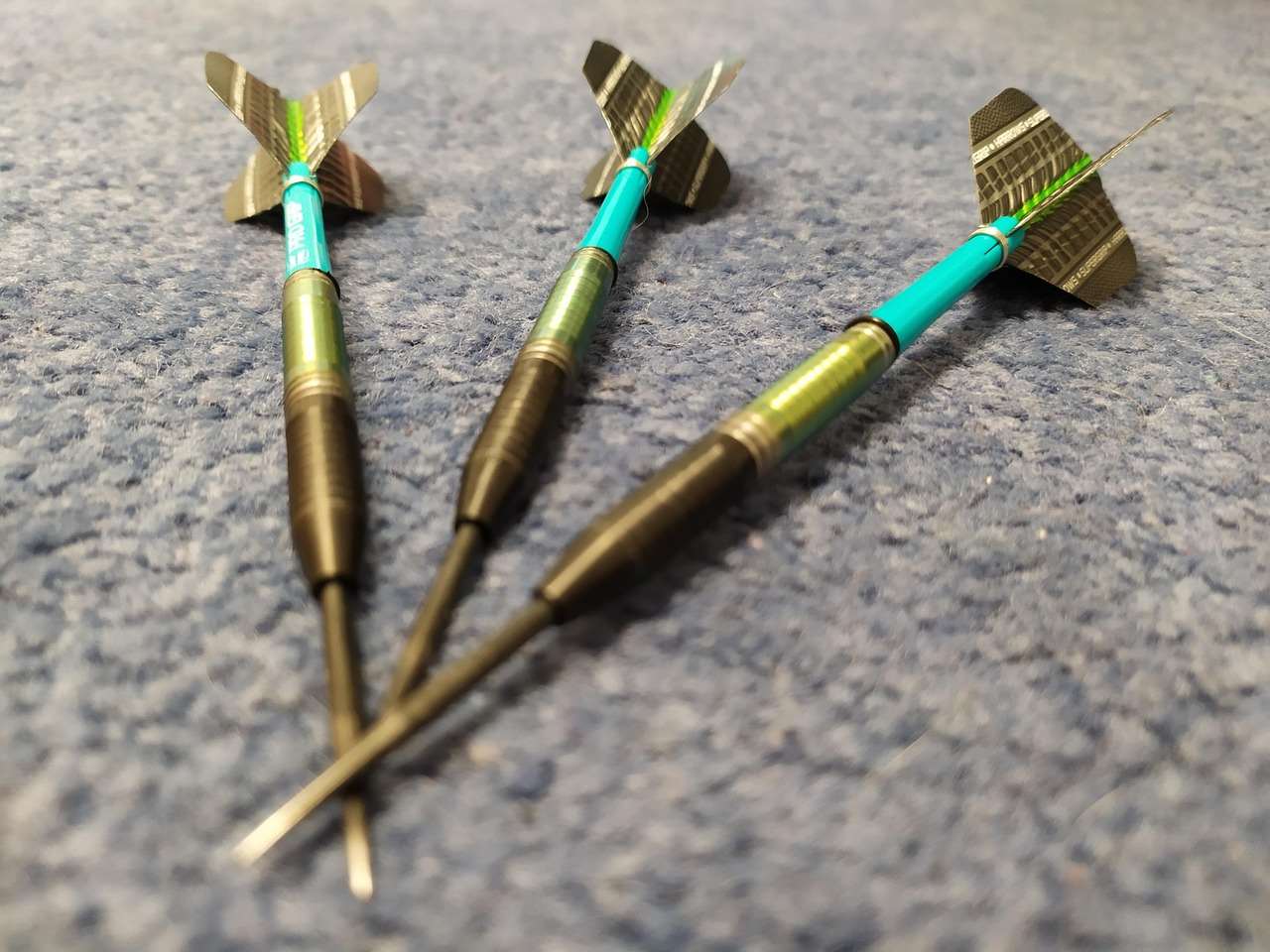
Consider incorporating visual aids and targets to refine your technique and minimize the strain on the injured area. Remember, the goal is not to immediately return to your pre-injury throwing level, but to gradually build your strength and stamina while minimizing the risk of recurrence. Patience and consistency are paramount here. You might also find benefits in improving Fitness and emotional control alongside your physical recovery.
Preventing Future Dart Injuries
Preventing future injuries is just as important as rehabilitation. Implementing preventative measures is essential for long-term health. By focusing on proper technique, adequate rest, and regular conditioning, you can significantly reduce your chances of suffering another dart-related injury.
- Proper warm-up: Always warm up before playing darts to prepare your muscles and joints. This can involve light cardio and dynamic stretches.
- Maintain proper posture: Avoid slouching while throwing darts, ensuring you maintain a stable and balanced stance.
- Correct your throwing technique: A skilled coach can analyze your throw and identify any areas for improvement, reducing strain on your body.
- Listen to your body: Pay attention to any pain or discomfort during practice or matches. Take breaks if needed, and don’t push yourself too hard.
- Adequate rest and recovery: Avoid overtraining and allow your body sufficient time to rest and recover between practices and matches. This also includes appropriate nutrition and hydration.
Addressing fatigue and dart focus is a crucial part of injury prevention. Understanding your physical limitations and avoiding overexertion will help keep your body in optimal condition. If you consistently experience pain, you should seek professional medical advice to understand potential underlying issues. Also, consider working on your Emotional Control for Tournaments to prevent injuries caused by stress or tension.
Conclusion
Recovering from a dart injury requires a dedicated and structured approach. By following a tailored rehabilitation plan that incorporates dart injury rehabilitation exercises focused on strengthening, flexibility, proprioception, and a gradual return to throwing, you can significantly improve your chances of a full and safe recovery. Remember to always consult with a healthcare professional or physical therapist for guidance. Consistent effort, patience, and attention to proper technique are essential for a successful recovery and minimizing the risk of future injuries. By integrating injury prevention strategies into your training routine, you’ll enjoy a longer and healthier dart-playing career. So, start your recovery journey today and get back to the game you love!
Hi, I’m Dieter, and I created Dartcounter (Dartcounterapp.com). My motivation wasn’t being a darts expert – quite the opposite! When I first started playing, I loved the game but found keeping accurate scores and tracking stats difficult and distracting.
I figured I couldn’t be the only one struggling with this. So, I decided to build a solution: an easy-to-use application that everyone, no matter their experience level, could use to manage scoring effortlessly.
My goal for Dartcounter was simple: let the app handle the numbers – the scoring, the averages, the stats, even checkout suggestions – so players could focus purely on their throw and enjoying the game. It began as a way to solve my own beginner’s problem, and I’m thrilled it has grown into a helpful tool for the wider darts community.